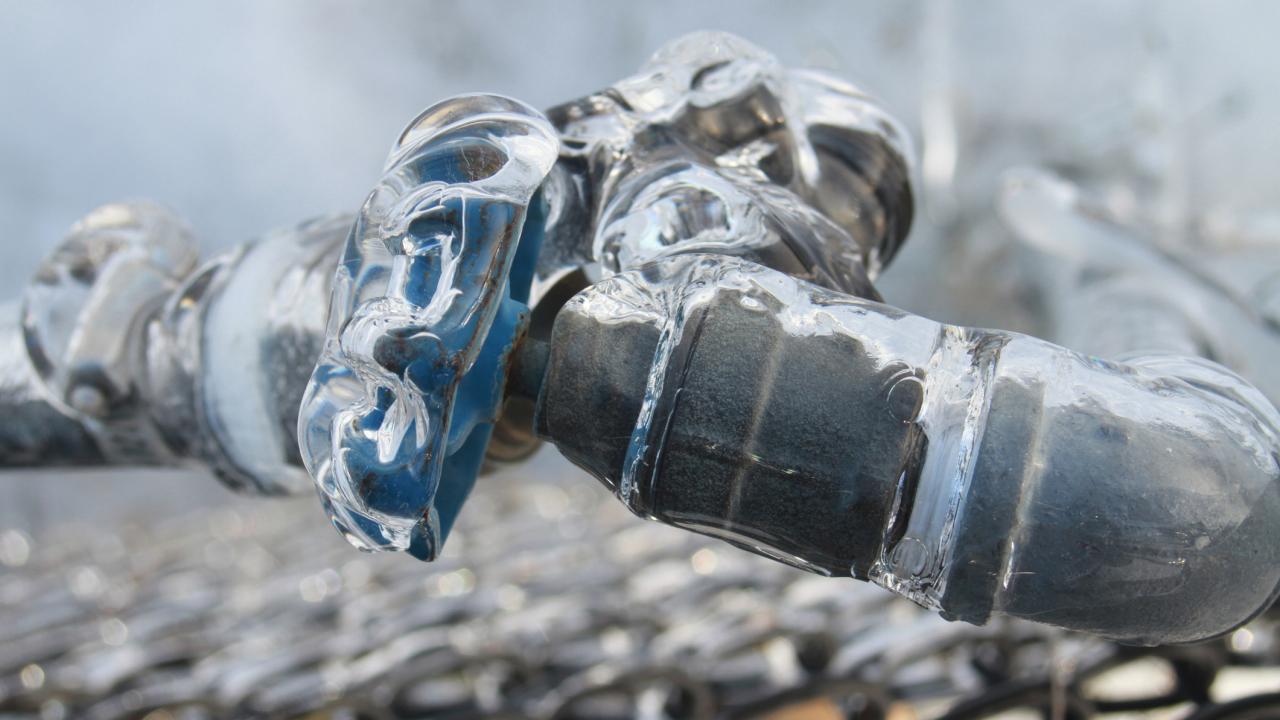Avoiding Frozen Plumbing: Effective Methods for Winter
Avoiding Frozen Plumbing: Effective Methods for Winter
Blog Article
What are your ideas on Prevent Frozen Pipes ?

Winter can wreak havoc on your plumbing, particularly by freezing pipes. Right here's how to avoid it from occurring and what to do if it does.
Introduction
As temperature levels drop, the danger of frozen pipelines boosts, possibly causing pricey fixings and water damages. Comprehending how to avoid frozen pipes is critical for homeowners in cold environments.
Recognizing Icy Pipes
What causes pipes to ice up?
Pipes freeze when revealed to temperatures below 32 ° F (0 ° C) for extended durations. As water inside the pipelines freezes, it broadens, putting pressure on the pipeline walls and potentially causing them to break.
Risks and damages
Icy pipes can lead to supply of water interruptions, residential or commercial property damage, and costly fixings. Ruptured pipes can flooding homes and cause considerable structural damage.
Signs of Frozen Piping
Recognizing frozen pipelines early can prevent them from bursting.
Just how to determine frozen pipelines
Seek lowered water flow from faucets, uncommon smells or noises from pipelines, and noticeable frost on subjected pipelines.
Avoidance Tips
Insulating prone pipelines
Wrap pipelines in insulation sleeves or use warmth tape to secure them from freezing temperature levels. Concentrate on pipelines in unheated or outside areas of the home.
Heating methods
Maintain indoor spaces properly heated up, specifically locations with pipes. Open up cabinet doors to permit cozy air to circulate around pipes under sinks.
Safeguarding Exterior Plumbing
Garden hoses and outdoor faucets
Separate and drain garden tubes before winter season. Mount frost-proof spigots or cover outside taps with insulated caps.
What to Do If Your Pipes Freeze
Immediate activities to take
If you suspect frozen pipelines, keep taps available to relieve stress as the ice melts. Utilize a hairdryer or towels soaked in hot water to thaw pipes gradually.
Long-Term Solutions
Architectural modifications
Think about rerouting pipelines far from exterior walls or unheated locations. Add additional insulation to attic rooms, cellars, and crawl spaces.
Updating insulation
Buy premium insulation for pipes, attics, and wall surfaces. Appropriate insulation assists preserve constant temperature levels and reduces the threat of frozen pipes.
Conclusion
Stopping frozen pipelines needs aggressive measures and fast actions. By recognizing the causes, indications, and safety nets, house owners can protect their plumbing throughout winter.
5 Ways to Prevent Frozen Pipes
Drain Outdoor Faucets and Disconnect Hoses
First, close the shut-off valve that controls the flow of water in the pipe to your outdoor faucet. Then, head outside to disconnect and drain your hose and open the outdoor faucet to allow the water to completely drain out of the line. Turn off the faucet when done. Finally, head back to the shut-off valve and drain the remaining water inside the pipe into a bucket or container. Additionally, if you have a home irrigation system, you should consider hiring an expert to clear the system of water each year.
Insulate Pipes
One of the best and most cost-effective methods for preventing frozen water pipes is to wrap your pipes with insulation. This is especially important for areas in your home that aren’t exposed to heat, such as an attic. We suggest using foam sleeves, which can typically be found at your local hardware store.
Keep Heat Running at 65
Your pipes are located inside your walls, and the temperature there is much colder than the rest of the house. To prevent your pipes from freezing, The Insurance Information Institute suggests that you keep your home heated to at least 65 degrees, even when traveling. You may want to invest in smart devices that can keep an eye on the temperature in your home while you’re away.
Leave Water Dripping
Moving water — even a small trickle — can prevent ice from forming inside your pipes. When freezing temps are imminent, start a drip of water from all faucets that serve exposed pipes. Leaving a few faucets running will also help relieve pressure inside the pipes and help prevent a rupture if the water inside freezes.
Open Cupboard Doors
Warm your kitchen and bathroom pipes by opening cupboards and vanities. You should also leave your interior doors ajar to help warm air circulate evenly throughout your home.

Hopefully you enjoyed our post about How To Avoid Freezing Pipes. Thanks a ton for taking a few minutes to read our article. Those who liked our post please make sure you remember to pass it around. Thank you so much for your time invested reading it.
Call Today Report this page